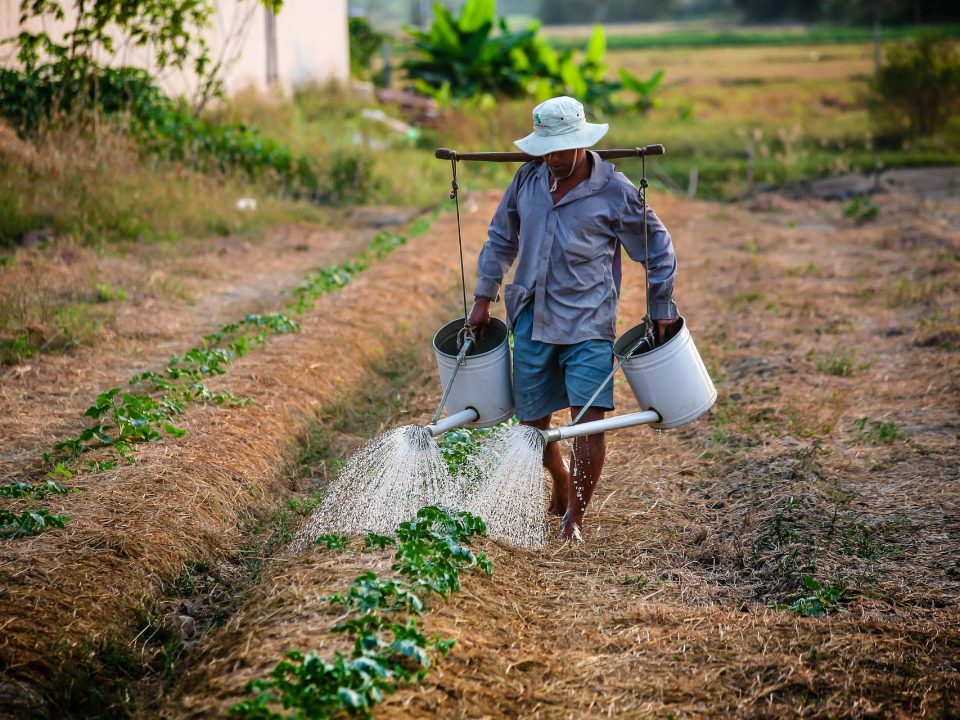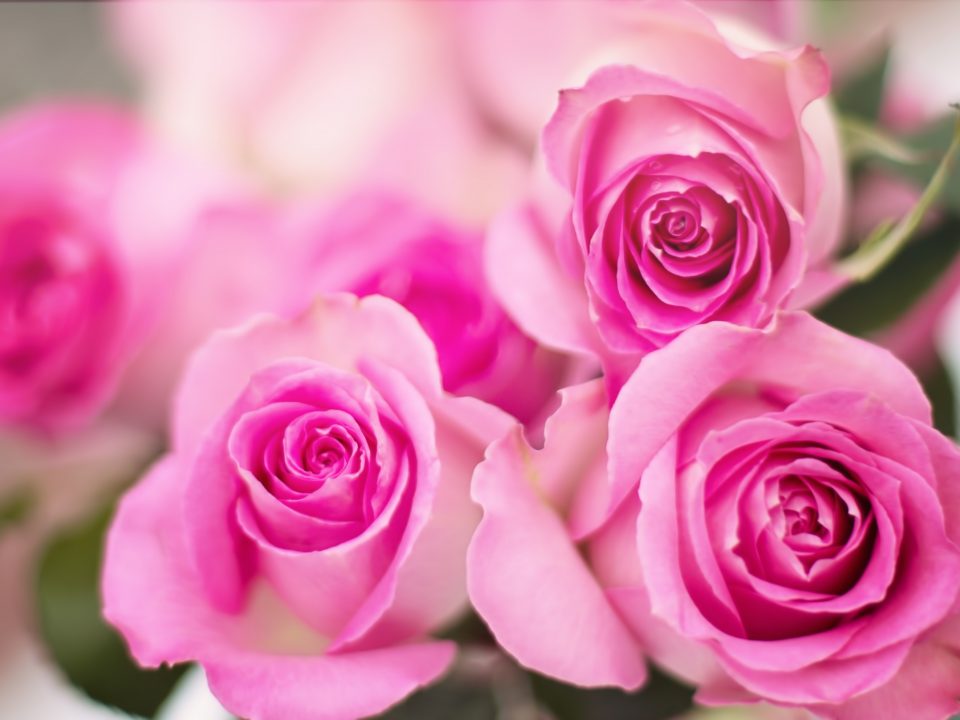ORGANIC CORIANDER SEEDS

ORGANIC CARROT SEEDS
April 23, 2018
Something to think about
May 10, 2018General:
Coriander is an annual herb, often found in organic vegetable gardens. Coriander is native to North Africa and Asia and can often be found in Asian cuisine.
Description:
Coriander grows to 50 cm [20 in.] tall. The plant has uneven leaves, broad at the base of the plant, and wispy higher on the flowering stems. Small, white or pale pink flowers are produced in small umbels. The Coriander plant is bright green in color and has a distinctive spicy odor. Coriander seeds grow in symmetrical clusters and fall as soon as they ripen.
The seeds are globular and almost round in shape. They become fragrant when dry – the longer they are kept, the more fragrant they become.
Harvesting:
Coriander is best grown from herb seeds directly into the soil. Coriander should be sown in April, 4cm (1.5 inches) apart in drills 1cm (0.40 inches) deep. Germination of coriander takes up to 3 weeks.
The leaves can be harvested when the plant is big and strong enough to survive. Pick each leaf off the stem or cut whole stems, if necessary. If you are growing coriander for its seeds, wait until the flowers have died off before harvesting.
Uses:
The leaves, stems, roots and the seeds of the Coriander plant are used.
Medicinal Uses:
Coriander seeds are used as a tea to relieve upset stomachs and flatulence. The seeds are ground and made into a paste and are then applied to affected areas to relive pain from rheumatism.
The essential oil of coriander stimulates the secretion of gastric juices and is a carminative and spasmolytic; in vitro it has antibacterial and antifungal effects.






